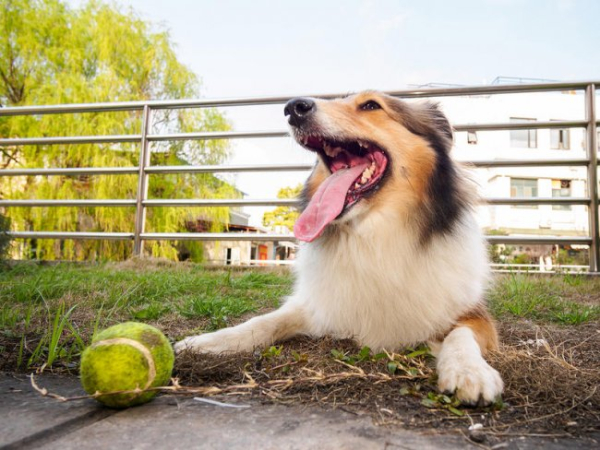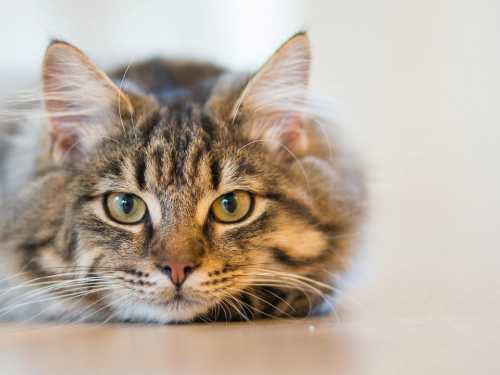
The Sheltie is a cheerful, easy-going and affectionate dog. It is a friend with whom it is pleasant to sit in an embrace in front of the TV or to frolic happily in nature. Now this charming dog in a fox fur coat plays the role of a companion, but once it was trusted to look after flocks of sheep. The shaggy dog quickly took on the functions of a leader and managed the entire flock.
First of all, it is necessary to determine that, despite all the external similarities with its larger brother, the collie, these are two separate and independent breeds. Even their behavior is significantly different. If the collie demonstrates pride and dignity with all its appearance, then the sheltie seems like a carefree baby, tirelessly scurrying underfoot.
The Shetland Islands are the homeland of the Shetland Sheepdog. Initially, its purpose was to herd flocks of short-legged Shetland sheep, preventing them from running away in different directions. If one of the sheep wandered too far, the Shetland Sheepdog would lightly bite its legs, directing it in the right direction. Working instincts are so firmly ingrained in the head of this tireless shepherd that it even perceives its owners as members of the “flock”: if one of the household members disappears from sight during a walk, the dog begins to get nervous. This is the kind of responsibility for the family entrusted to it.
And what about the golden character of the Sheltie! Unpretentious and docile, smart and attentive dog easily finds a common language with all household members and with any animals living with it in the same territory. And the Sheltie also has a valuable ability to adapt to the rhythm of the owner's life and sensitively react to his mood. This dog loves long walks with jogging, physical activity is just a holiday for it. But it will also perceive the time spent with the owner in front of the TV without complaint, without showing discontent from forced idleness.
Many people are afraid of the possible difficulties with caring for the luxurious hair of the Sheltie, and in vain. This breed, unlike other long-haired dogs, can do without frequent washing and combing. Of course, the dog needs regular care, especially during the seasonal shedding, but it will not require much effort.
In addition to a luxurious fur coat, nature has endowed the Sheltie with colors of rare beauty: blue merle (silver with black spots), black and white, black with brown markings, a whole palette of sable colors (from pale gold to bright wood). Many representatives of this breed are characterized by white markings all over the body, a white “jabot” and “socks”.
Shelties need mental and physical exercise. The dog is constantly bursting with energy, so it needs enough outdoor space to frolic. Don't be surprised if the Sheltie tries to gather people, animals, and anything that moves into groups. This is how the shepherd instincts manifest themselves.
Sheltie is not picky about food. If you feed your dog dry food, make sure that your pet does not gain excess weight: divide the daily ration into two meals and carefully follow the recommended volume. Do you prefer natural food? Then give your dog food containing protein: boiled fish, meat with cartilage, cottage cheese, porridge, vegetables. Then your pet's fur will be beautiful and voluminous, and he himself will be cheerful and full of energy.
However, this kind and energetic dog has a couple of rather conditional shortcomings. Firstly, it does not tolerate loneliness and becomes very sad when left without company. Therefore, it is not worth leaving it unattended. Secondly, the Sheltie is very “talkative”, so be prepared for the apartment to be filled with loud barking for any reason. Or teach your pet to “turn down the sound” from infancy.





